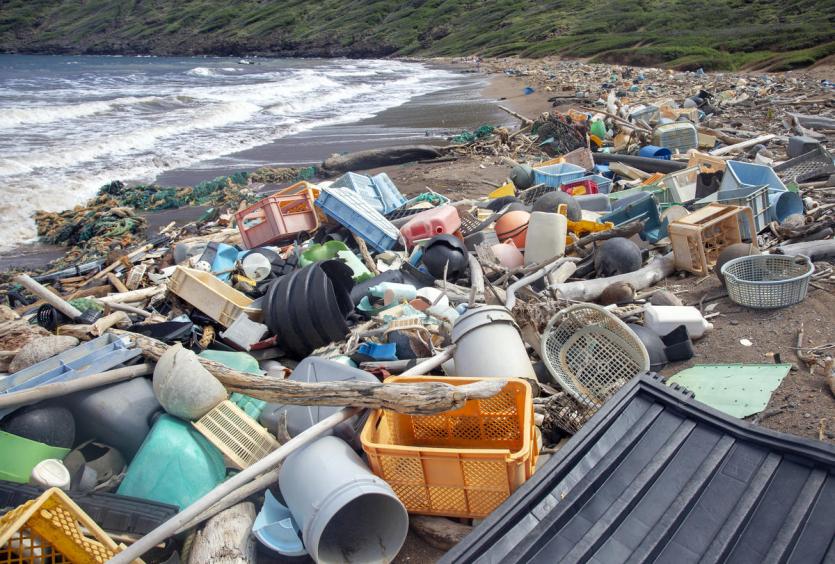Photo: Kanapou beach on Kaho’olawe Island, Hawaii.
By Patryk Krych | The World Daily | AUGUST 11th 2021
Plastics are the most common form of waste currently found polluting the oceans, with an estimated 5.25 trillion macro and micro pieces of plastic in the waters. As a result, a recent study has found that certain oceanic organisms have begun to form an ecosystem out of the pollutant.
It’s been noted that the most major plastic waste polluting the oceans is polyethylene terephthalate (Pet) bottles. However, a study published last month had discovered two bacteria in the oceans, capable of breaking down these Pet plastics. These bacteria are called Thioclava sp. BHET1 and Bacillus sp. BHET2.
They serve as a primary and most recent example of the ways in which bacteria and marine organisms have begun adapting to the plastics polluting the oceans.
Similar developments have been noticed in what’s been called a ‘plastisphere’ region. An entire ecosystem that has been plasticised, where concentrations of oceanic plastics are extremely high. The Great Pacific garbage patch is an example of such a place, now about twice the size of France and with dangerously high plastic concentrations – everything in it is plastic, even the waters within it being contaminated.
“In 2010, we were planning to collect plastic samples for an upcoming cruise to characterise the biofilms [organisms that stick to each other and other things] on plastic,” said marine microbiologist at the Royal Netherlands Institute for Sea Research Linda Amaral-Zettler, who had coined the phrase ‘plastisphere’. “I was trying to think of a convenient term to describe the community and came up with […] ‘plastisphere’.”
“The plastisphere has been around for as long as plastic has existed,” Amaral-Zettler added, stressing that the problem has become immense.
The ecosystems developing in these plastispheres are growing increasingly advanced, with predator and prey relationships, alongside species that photosynthesis and have various relationships with other species.






